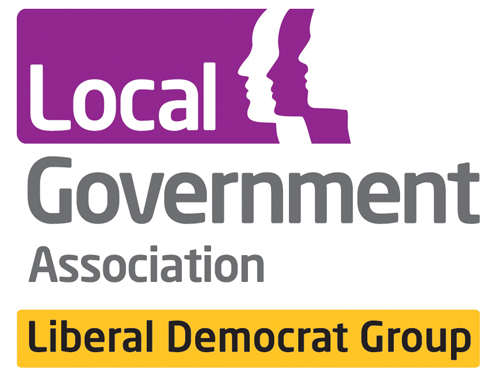
The number of children in England identified through a social work assessment as either having or being at risk of FGM has more than doubled in a year, councils say today after new figures allowed annual trends to be analysed for the first time.
The figures also show that abuse of children based on faith or belief – which includes witchcraft and spirit possession – has risen by 12 per cent, with councils dealing with more than 30 such cases a week.
The National FGM Centre, a joint initiative between the Local Government Association and Barnardo’s, says the FGM figures are “alarming” and probably don’t reflect the true prevalence of this ‘hidden’ crime.
New government figures show that FGM was a feature in 1,960 social work assessments by councils in 2017/18 – more than twice the 970 cases in 2016/17.
There were 1,630 cases of abuse linked to faith or belief in 2017/18, a 12 per cent rise on the 1,460 cases the previous year.
The figures show that FGM remains a significant national concern, that council social workers have become better at identifying cases, and that the work of the National FGM Centre – which provides services for children and their families affected by FGM – is vital.
The figures also reflect the pressure on children’s services. Social workers are starting new “episode of need” cases for more than 1,000 children each day, more than half of which are for reasons of abuse or neglect.
In the Autumn Budget, the Chancellor announced an extra £410 million for adult and children’s social care in 2019/20, with a further £85 million over five years to expand children’s social care programmes in 20 areas.
While councils were pleased to receive any extra funding, the LGA says this doesn’t go far enough to plug the £3 billion funding gap facing children’s services by 2025 just to keep services running at current levels.
Without extra funding, these services which keep children safe from harm and abuse, including FGM, will reach a tipping point.
Cllr Anita Lower, the LGA Liberal Democrat lead on FGM and Chair of the National FGM Centre’s Advisory Board, said:
“These figures show the worrying prevalence of FGM which is ruining lives and destroying communities. Social workers have become better at identifying the signs of FGM, but as this crime is under-reported, the true incidence rate of FGM is likely to be higher.
“At a time when they should be preparing for adult life and enjoying being young, no girl or young woman should be subject to the horrors of genital mutilation which is child abuse and cannot be justified for any reason.
“This is why councils are determined to tackle the practice of FGM and work alongside police, the NHS, and charities to make sure we do all we can to protect and support women and girls.
“To maximise the effectiveness of this prevention and intervention work, children’s services departments need further funding to address the scale of demand for help from children and their families.
“Long-term funding for the National FGM Centre is also needed for its vital, specialist work in communities to prevent FGM in the first place, and to develop expert knowledge to build relationships with families which can safeguard against this horrific kind of assault.”
Leethen Bartholomew, head of the National FGM Centre, said:
“Whilst we are making progress in tackling FGM, these alarming statistics show it is still being practised in communities across England. Even more concerning is that these figures are likely to just be the tip of the iceberg because many cases of FGM go undetected.
“The National FGM Centre’s work includes training social workers to become better at identifying girls who may be at risk of undergoing the practice, and to know how to report it.
“This includes developing an online assessment tool so they are guided through the right questions to ask families. This is vital because the sooner they identify a potential case the sooner action can be taken to protect the girl in question.”
CASE STUDIES
Families willing to talk about how FGM has affected them, provided they are not identified, are available on request.
NOTES TO EDITORS
- Characteristics of children in need tables (Table C3) have been published by government for only the second time. The 2017/18 figures are available here and the 2016/17 figures are available here.
- Since the National FGM Centre began operation it has worked on referrals or consultations for 354 families in two and a half years and been involved with 22 FGM Protection Orders – around 9 per cent of all orders made across the country. The Centre also works with police on Operation Limelight at airports to raise awareness about FGM.
- In July 2017 the National FGM Centre received additional part-funding from the Department for Education for a fixed term to 2020, allowing the Centre to expand its work into tackling other forms of harmful practices and its reach into other localities.
- For more information about the work of the National FGM Centre click here.
ENDS
Examples of coverage: